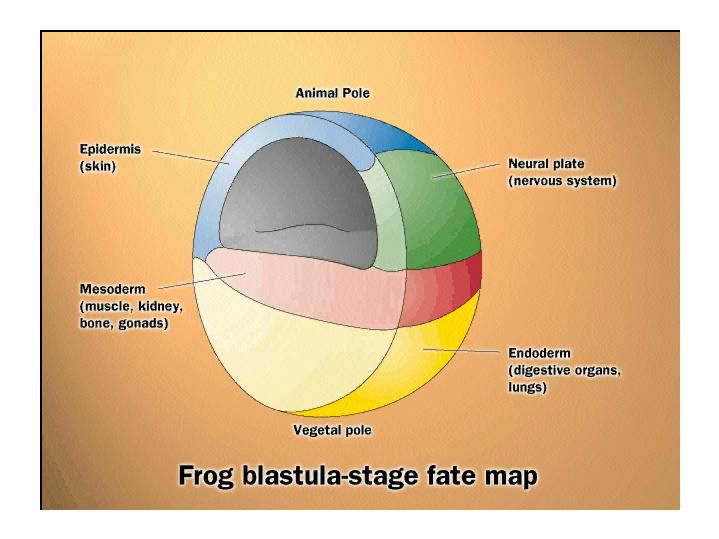-
 Proper motion of a star
Proper motion of a star
-
 Mononucleosis
Mononucleosis
-
 Euhaline water
Euhaline water
-
 Palmate
Palmate
-
 Fossil fuel
Fossil fuel
-
 Eurasian shrew
Eurasian shrew
-
 Palmer Drought Severity Index
Palmer Drought Severity Index
-
 Flight control surfaces
Flight control surfaces
-
 Viral culture
Viral culture
-
 Autologous
Autologous
-
 Inclusion
Inclusion
-
 SIM microscopy
SIM microscopy
-
 Psychosocial
Psychosocial
-
 Acetylcholine
Acetylcholine
-
 Femur
Femur
-
 Nitrophile
Nitrophile
-
 Radiation-oncologist
Radiation-oncologist
-
 Diffie-Hellman
Diffie-Hellman
-
 Gynaecomastia
Gynaecomastia
-
 SST
SST
-
 West's comet
West's comet
-
 Gammarus
Gammarus
-
 Plateosaurus
Plateosaurus
-
 Critical pressure
Critical pressure
-
 Aspartame
Aspartame
-
 Gel
Gel
-
 Anaemia
Anaemia
-
 Semi-major axis
Semi-major axis
-
 FSC
FSC
-
 Cachexia
Cachexia
Gastrulation
Gastrulation is an early stage of an animal's embryonic development. During this stage, theembryo is called a gastrula. Important cellular movements create three layers (fundamental tissues of the embryo) :
- the ectoblast (or ectoderm);
- the endoblast (or endoderm);
- (at least in triploblastic animals), the mesoblast (or mesoderm).
Spherical until then, the embryo folds inwards to form a new inner cavity (in addition to the pre-existing blastocele) : the archenteron, which will later turn into the digestive tube. At the end of this stage, the gastrula adopts the animal's characteristic symmetry (bilateral, for example).
 During gastrulation (here, a frog gastrula), a massive reorganisation of cells creates the first two layers, the ectoderm and the endoderm. The former will turn into the skin and the nervous system, and the latter the digestive system and lungs. A third layer, the mesoderm, appears which will become the internal organs. The embryo loses its spherical symmetry. © Life: The Science of Biology, Purves et al., 1998
During gastrulation (here, a frog gastrula), a massive reorganisation of cells creates the first two layers, the ectoderm and the endoderm. The former will turn into the skin and the nervous system, and the latter the digestive system and lungs. A third layer, the mesoderm, appears which will become the internal organs. The embryo loses its spherical symmetry. © Life: The Science of Biology, Purves et al., 1998
Latest
Fill out my online form.



